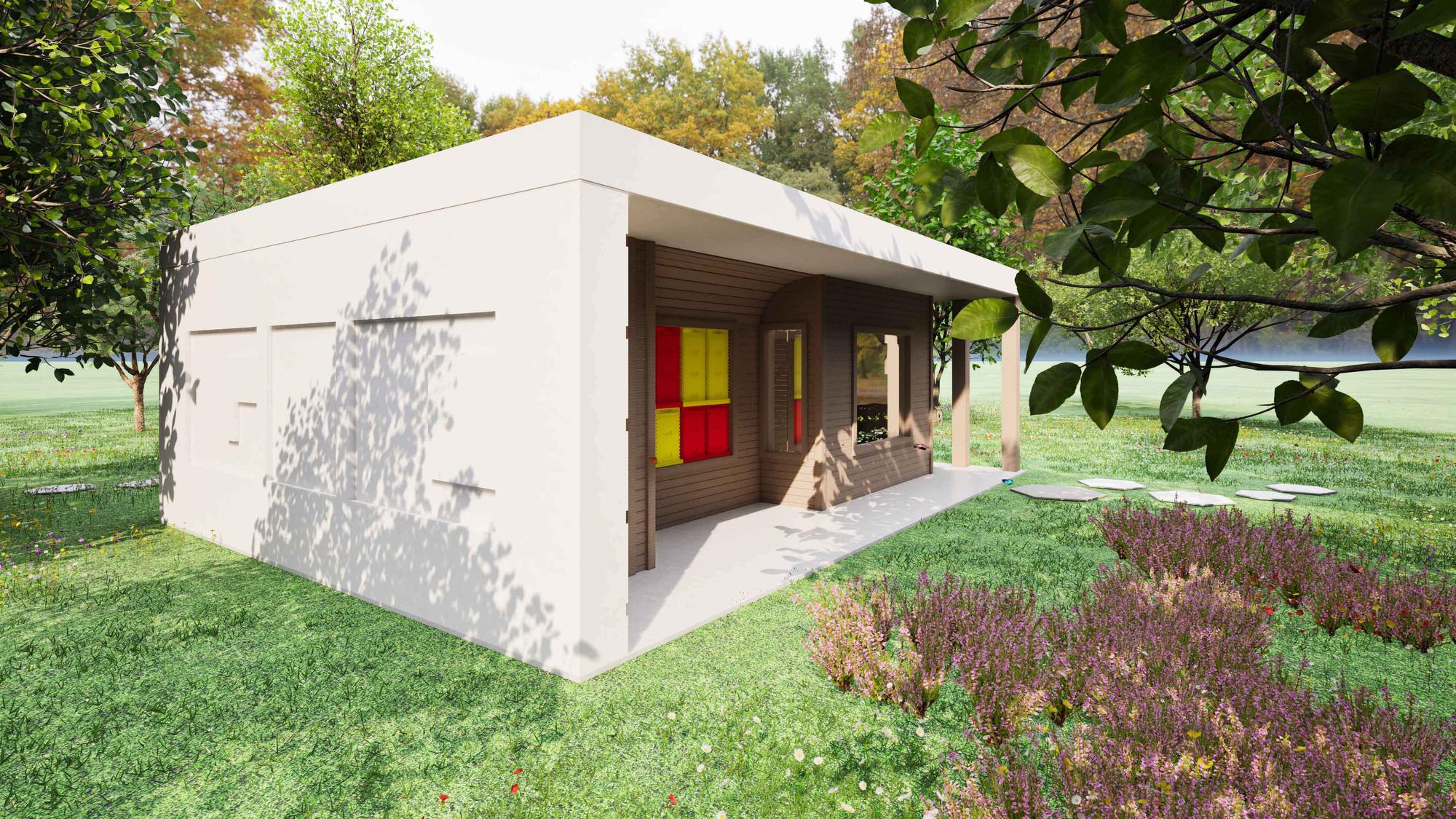Beehive
Environmental Impact
Beehives: Bees are essential pollinators that play a crucial role in the ecosystem. Without them, many plants, including important crops, would struggle to thrive. Establishing beehives helps preserve and protect these vital insects.
Corporate Social Responsibility
By participating in these activities, companies demonstrate their commitment to sustainable development and care for the community and the natural environment. This positively impacts our public image and strengthens trust among consumers, partners, and employees.
Involving employees in these activities fosters teamwork, a connection with nature, and greater awareness of the importance of environmental responsibility.
Educational Value
- These initiatives serve as an excellent way to raise awareness and educate employees and the community about the importance of sustainable development and environmental protection. They provide practical examples of sustainable practices that individuals can apply in their personal lives.
Economic Benefits
A healthy and stable environment is essential for long-term economic growth. By investing in environmental projects, companies contribute to the preservation of natural resources, which are the foundation of many economic activities.
Sustainable practices often lead to cost savings (e.g., reducing energy and water expenses, minimizing waste) and open up opportunities for new market possibilities.
Legislation and Regulations
- In many countries, there are laws and regulations that encourage or even require sustainable practices. By signing a co-financing agreement for the construction of the concrete plant with funding from the European Union's Recovery and Resilience Facility, NextGenerationEU, we have consciously chosen to be part of this socially responsible task and have established a beehive in our environment.
The design of the beehive will combine two materials that have long served humanity as essential building resources. Both concrete and wood are natural materials whose primary components come from the earth. These materials play a significant role in construction and can contribute to sustainable building practices when sourced and used responsibly.
The design of the beehive is the result of our research and dedication to perfecting the craft of honey production and bee care. We visited several beehives in the area and spoke with multiple beekeepers from our municipality. With their advice, we designed a beehive that is both functional and aesthetically modern, incorporating contemporary materials.


Honeycomb patterns will be featured in the concrete and concrete paving stones leading to the beehive. Natural wood and colors will help bees easily find their way back to their hives. The interior will be designed for non-invasive honey extraction, which we plan to use in our kitchen and as small tokens of appreciation for our business partners and collaborators.
The care for the bees and ensuring the highest quality will be overseen by our volunteer beekeeper, who also assisted in creating an attractive, functional, and eco-friendly home for the large number of bees we plan to house in the new beehive.